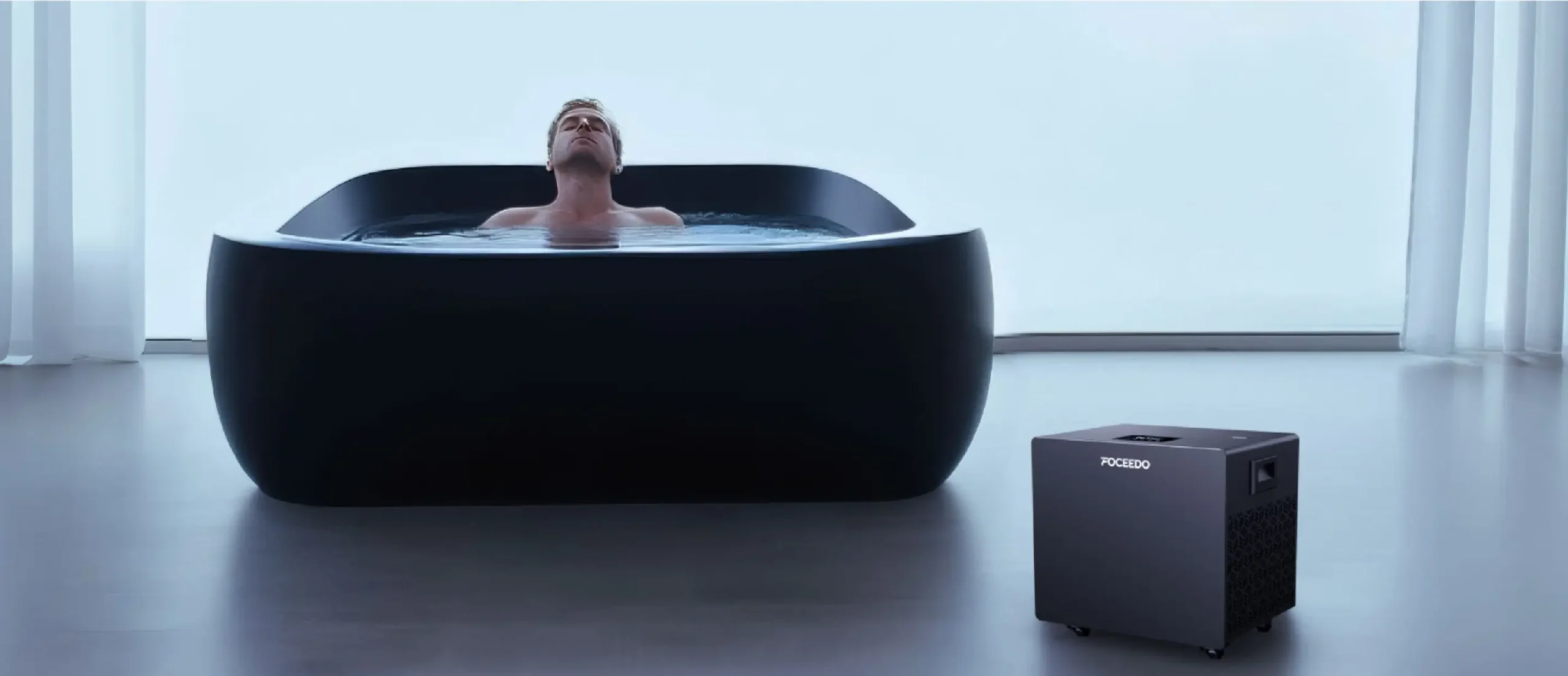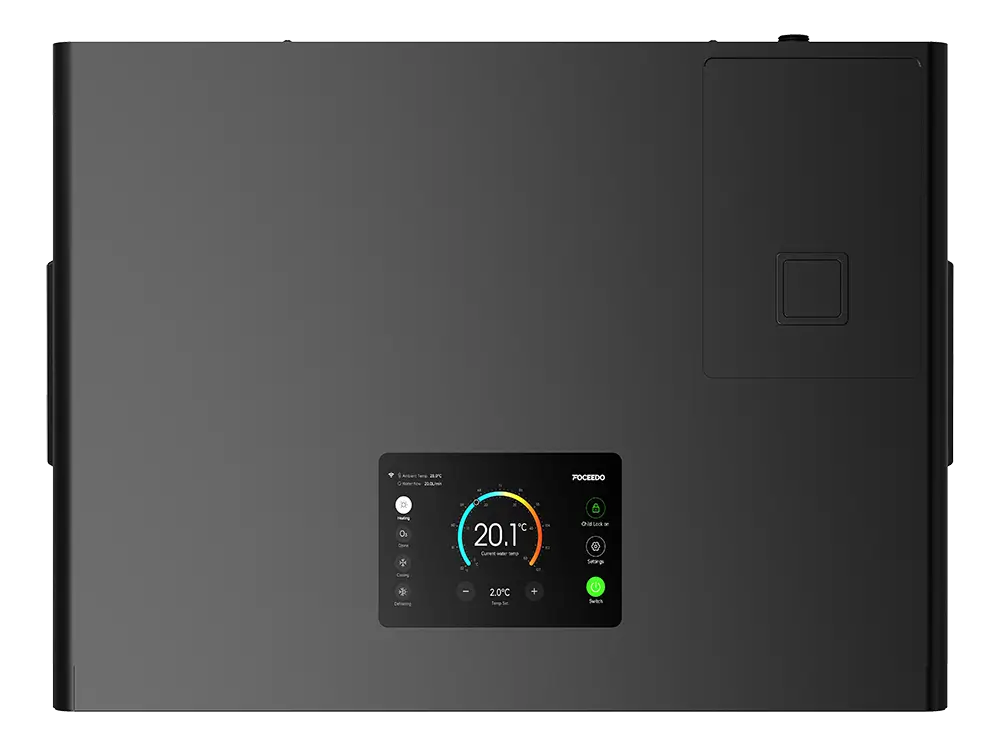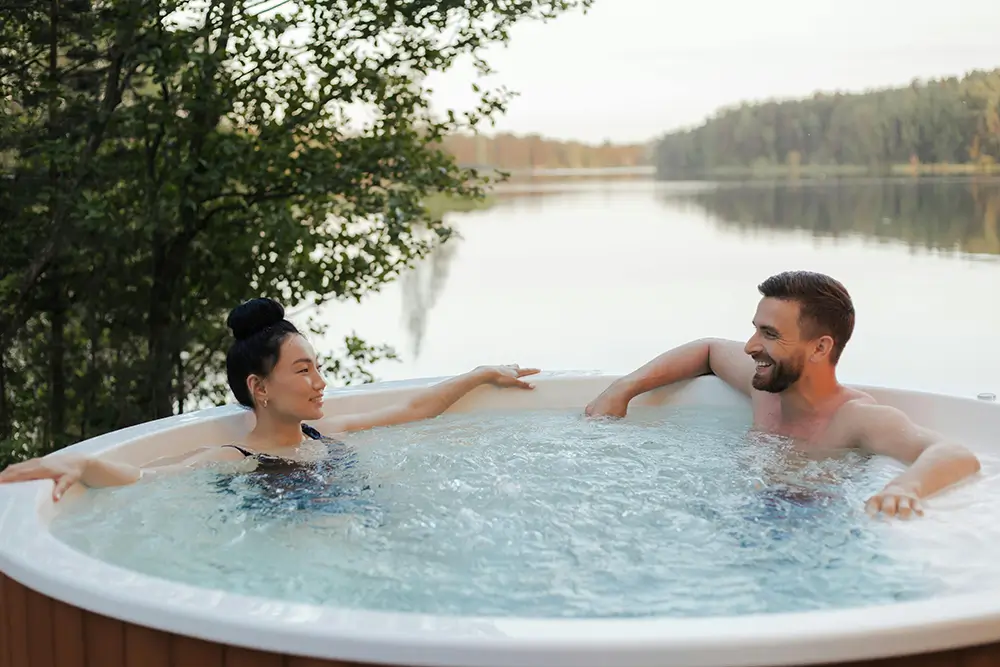
In recent years, ice bath machines have grown from being niche recovery tools for athletes into popular wellness devices for everyday use. Whether in elite training centers or private homes, these machines represent not just a cold therapy upgrade, but a fusion of technology, health, and lifestyle.
1.The Origin and Development of Ice Bath Machines
Traditionally, athletes relied on ice buckets filled with ice cubes for cold therapy. This approach was messy, imprecise, and often unhygienic. Modern ice bath machines solve these issues with precise temperature controls, automated circulation, and built-in filtration systems, offering a safer and more efficient cold immersion experience.
Today’s ice bath machines integrate sensors, filtration, and mobile apps. Athletes and fitness enthusiasts can personalize recovery sessions based on activity levels and physical condition, bringing a new level of scientific precision to cold therapy.
2.Why Ice Bath Machines Are Popular
Convenient and Cost-Saving
Unlike traditional ice baths that require purchasing and storing large amounts of ice, machines cool water automatically and maintain stable temperatures. This saves time, energy, and long-term costs, while also ensuring greater comfort and consistency.
Athlete Recovery
High-intensity training often leads to muscle soreness and inflammation. Ice bath machines provide a controlled cold therapy solution that accelerates recovery, making them indispensable for professional athletes.
Wellness Market
Wellness enthusiasts are increasingly turning to cold immersion for its anti-aging, immune-boosting, and mental health benefits. Ice bath machines have become symbolic of the modern wellness lifestyle.
Home Use
Compact, user-friendly ice bath machines are now designed for home use, making advanced recovery accessible beyond professional sports facilities.
3.Key Features of Ice Bath Chiller
Temperature Control
Unlike ice buckets, modern chillers maintain consistent water temperatures between 37–55°F (3–12°C). High-end models can chill water within minutes, offering immediate recovery benefits.
Safety Design
Features such as anti-slip bases, anti-shock systems, and automatic drainage ensure safe usage. Many models are designed with intuitive touchscreens or even voice controls.
Smart Monitoring
Mobile connectivity allows users to track temperature, session duration, and recovery data, enabling a highly personalized recovery plan.

4.Applications
Training Facilities
Sports teams and training centers use ice bath chillers to schedule precise recovery protocols tailored to each athlete’s workload.
Rehabilitation
Clinics employ chillers to treat arthritis, post-surgical swelling, and chronic inflammation, offering a more consistent therapeutic effect than traditional methods.
Gyms and Homes
Fitness enthusiasts and wellness seekers are increasingly investing in compact chillers for daily recovery and holistic health practices.
5.Benefits
Less Inflammation and Faster Recovery
Cold exposure constricts blood vessels, reduces inflammation, and alleviates soreness. Studies show that cold immersion significantly shortens recovery time within 24 hours post-exercise.
Better Sleep and Mental Health
Chillers lower cortisol (stress hormone) levels while boosting dopamine and endorphins. Users report improved sleep quality and mood stability.
Improved Circulation and Immunity
After cold immersion, blood flow increases during rewarming, promoting metabolism and strengthening immune respon6.se.
6.How to Choose the Right Ice Bath Chiller?
Choosing the right ice bath chiller depends on your tub size, usage frequency, and installation environment. Matching cooling power (horsepower, HP) to water volume is the most important step.
Tub Size and Cooling Power
| Tub Size (Liters) | Recommended HP |
| 0–150 L | 0.3 HP |
| 150–250 L | 0.5 HP |
| 250–400 L | 1 HP |
| 2 HP |
Other Key Factors
- Frequency of Use: More frequent use requires stepping up one HP level for faster cooling recovery.
- Environment: Hot climates or high inlet water temperature require stronger chillers.
- Target Temperature: Maintaining 39–43°F (4–6°C) consistently also requires higher power.
- Installation Space: Indoor setups need ventilation and drainage, outdoor setups require weather-resistant design.

7.Precautions
Duration and Frequency
Use for 5–15 minutes, two to three times per week. Avoid exceeding 20 minutes.
Health Restrictions
People with heart conditions, hypertension, or low immunity should consult doctors. Pregnant women should avoid cold immersion.
Hygiene
Clean regularly and replace filters to avoid bacteria growth. Beginners should use under supervision.
8.FAQs
1. Who should use ice bath chillers?
Athletes, fitness enthusiasts, and wellness seekers, though medical advice is recommended for those with health conditions.
2. How long should each session last?
5–15 minutes, never longer than 20 minutes.
3. Do they help with weight loss?
They slightly increase metabolism but are not a standalone weight-loss solution.
4. Which is better: chillers or cryotherapy?
Cryotherapy is stronger but expensive. Ice bath chillers are more practical for daily recovery.
5. Do home chillers require installation?
Most are plug-and-play and need no special setup.
6. Are they safe for heart patients?
No. Cold stress may worsen cardiovascular risks. Always seek medical clearance.
Conclusion: The Rise of Ice Bath Chillers Is Inevitable
Ice bath chillers are transforming recovery for athletes and wellness enthusiasts alike. They reduce inflammation, improve sleep, boost immunity, and save both time and money compared with traditional ice baths. With clear selection guidelines based on tub size and horsepower, anyone can now find the right chiller for their needs. As technology advances, ice bath chillers are set to become an essential part of future health and longevity practices.
